#Thomas Hearns
Explore tagged Tumblr posts
Text
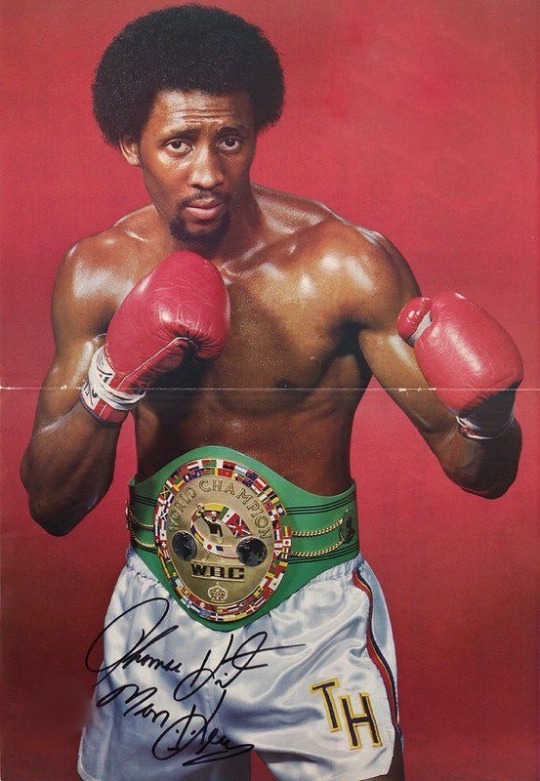
T h o m a s H e a r n
109 notes
·
View notes
Text
youtube
Thomas Hearns vs Iran Barkley 1 - June 6, 1988
The Hitman was rolling in 1988. He had just become boxing first 4 division champion (on his way to a 5th). The disastrous loss to Marvin Hagler was firmly behind him, 3 years on and he was firmly in his physical prime at 29 years old. Iran Barkley was a relative unknown. He had taken some tough losses early in his career and had fallen short in his title fight against Sumbu Kalambay. So Hearns entered the fight a 4-1 favorite and the table was set for one of the biggest upsets of the 1980s.
7 notes
·
View notes
Video
Barkley vs Hearns 1 - HEARNS Highlights & BARKLEY Highlights
#youtube#thomas hearns#iran barkley#juan roldan#michael olajide#mosleyboxing#boxing#fight#highlights#knockouts#trending
3 notes
·
View notes
Text

Hearns, Ali, and Hagler.
1 note
·
View note
Text
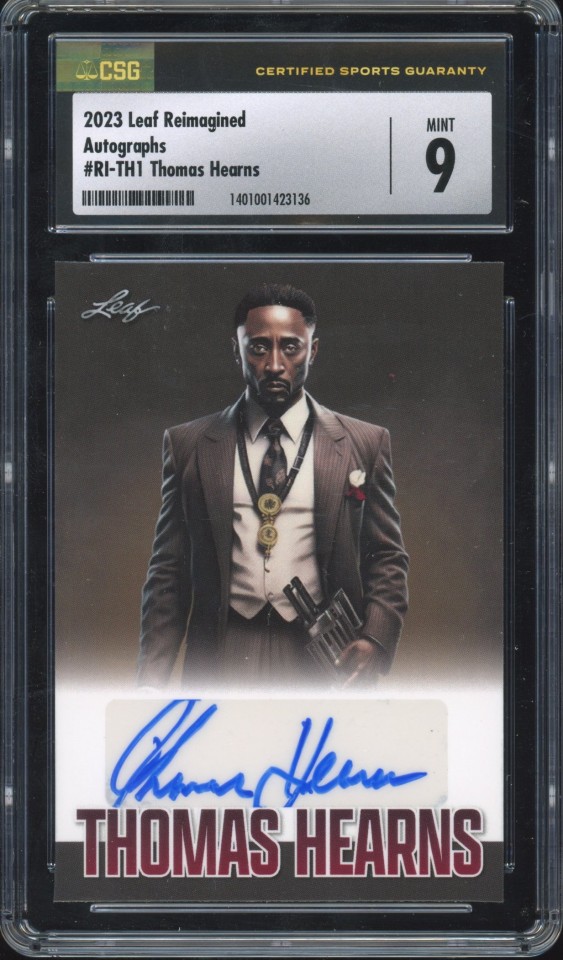
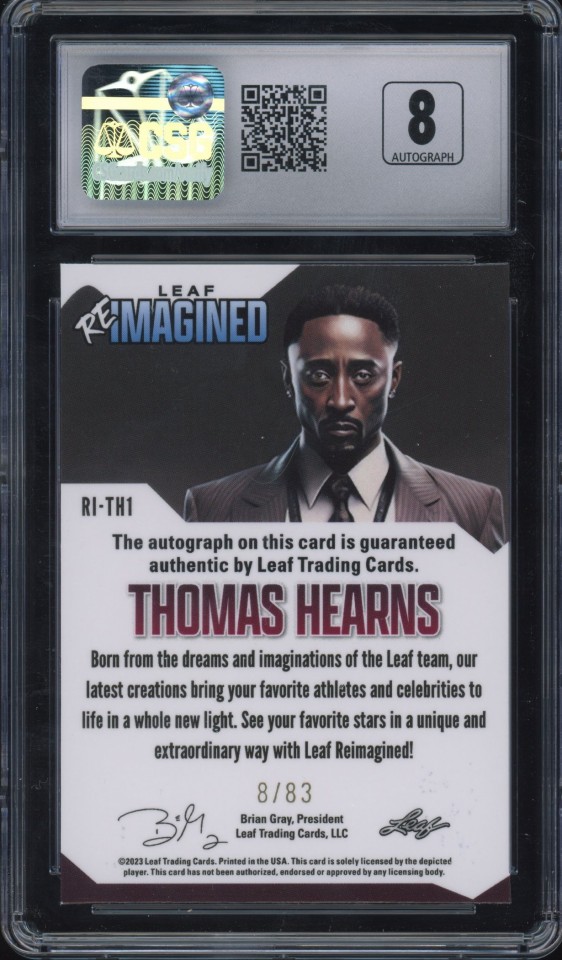
LEAF 2023 REIMAGINED
THOMAS HEARNS #RI-TH1 8/83 AUTOGRAPH CSG GRADED 9
0 notes
Text
A few more performance photos from Cast 14 of the Oasis of the Seas this past weekend; 16/17 February 2024.
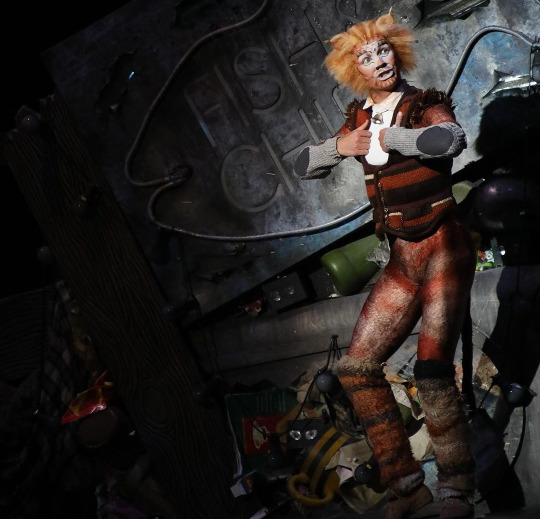

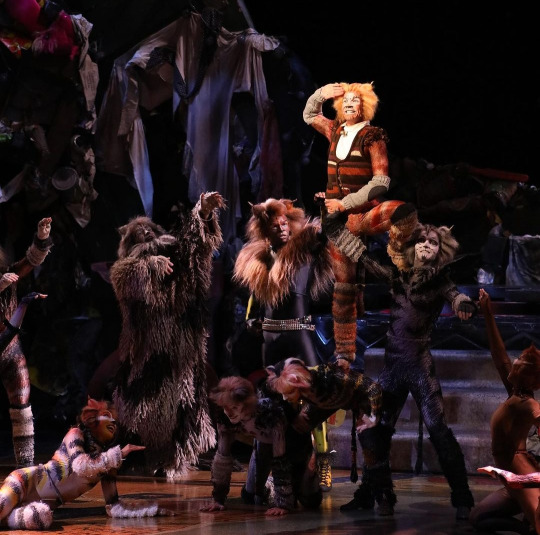

(Source)
With Thomas Alsop as Skimbleshanks, Jaime Mollineaux as Jennyanydots, Jamie Armour as Pouncival, Ben Reynolds as Munkustrap, Martha-Frances Henry as Grizabella, Dena Philpott as Tantomile, Adam Hearn as Coricopat, DevinRe Lewis Adams as Rum Tum Tugger, Rina Punwani as Rumpleteazer, and Peter James Lake as Old Deuteronomy.
#CATS Musical#CATS the Musical#CATS RCCL Cast 14#Skimbleshanks#Thomas Alsop#Munkustrap#Ben Reynolds#Pouncival#Jamie Armour#Jennyanydots#Jaime Mollineaux#Grizabella#Martha-Frances Henry#Tantomile#Dena Philpott#Coricopat#Adam Hearn#Rumpleteazer#Rina Punwani#Rum Tum Tugger#DevinRe Lewis Adams#Old Deuteronomy#Peter James Lake
36 notes
·
View notes
Text

Fountains Abbey, Yorkshire
Thomas Hearne (1744–1817)
Gallery Oldham
Destroyed in the Dissolution of the Monasteries, only the walls left standing.
#english imagination#english culture#albion#england#english landscape#ruins#fountains abbey#yorkshire#dissolution of the monasteries#Thomas Hearne#ruined landscape#gothic#gothic England
3 notes
·
View notes
Text
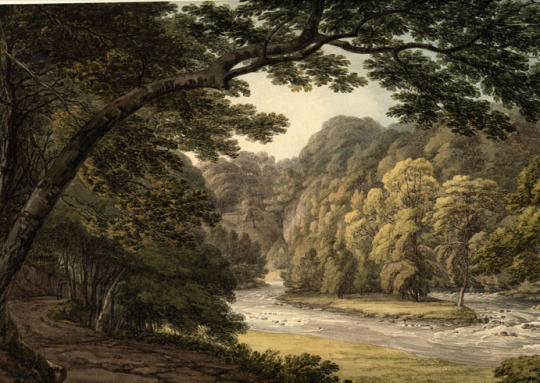
Thomas Hearne
‘A River Gorge at Downton, Salop’
13 notes
·
View notes
Text
A couple more snaps of Thomas Alsop as Gus and Adam Hearn as Skimbleshanks (plus Matthew Tratch as Tumblebrutus)

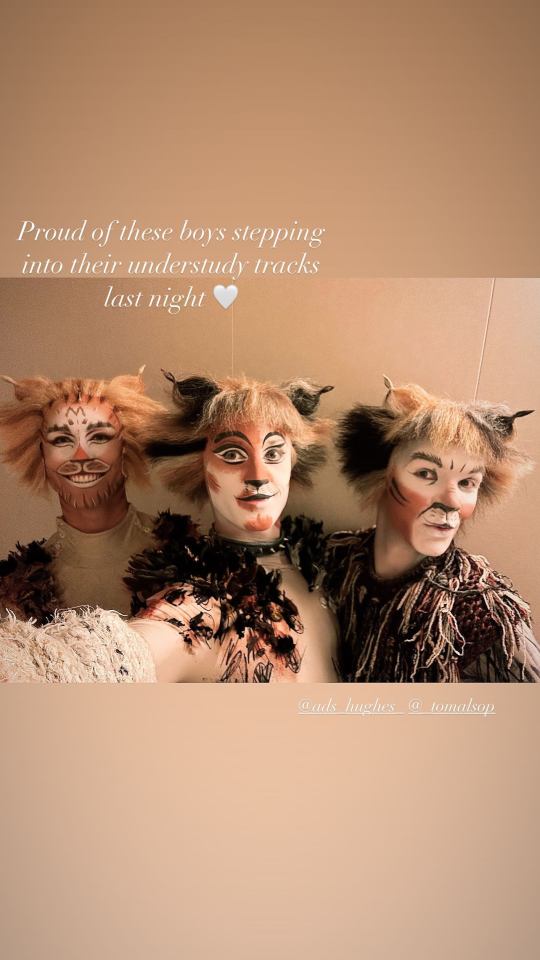
instagram story: Dec 9, 2023
#cats oasis of the seas#cats oasis 14#cats rccl 14#thomas alsop#gus (cats)#gus the theater cat#adam hearn#skimbleshanks#matthew tratch#tumblebrutus#backstage cats#see the queue on a sunflower
9 notes
·
View notes
Note
Hi! This is a kinda random question, but I'm getting a little confused about the various contemporary and most contemporary chroniclers of the Wars of the Roses so I figured I should ask.
I know the basic gist and background of Crowland, Mancini and Vergil's accounts, but I'm a very confused with Thomas More and Edward Hall. When exactly were their accounts written and published respectively? And was there an overlap between them - I remember reading somewhere that Hall borrowed quite a bit from More's account when writing about what happened before Henry VII's ascension, particularly for Edward IV and Richard III's reigns. I think some sentences are pretty much word-for-word the same. But I read this a while ago so I may he mistaken.
And did Grafton publish his own Chronicle, or did he compile and print other historians' chronicles?
ALSO (sorry) do we know when the Hearne's Fragement was originally written? I was reading "Later Plantagenet and Wars of the Roses Consorts" and Joanna Laynesmith, when writing about he excerpt pertaining to Edward and Elizabeth's marriage, writes that it was written "decades later" by "a servant of thr Howard family who had been are court in the late 1460s". Is that the generally accepted consensus?
again, sorry if this seems super random
Hi! Sorry for taking so long to reply. Thomas More never wrote a whole account of the Wars of the Roses, focusing instead on Richard III (his work is called, after all, History of King Richard III). He began writing in the early 1510s but his manuscript was never finished and was printed incomplete only in 1543. More had served in Bishop Morton's household so he had access to witnesses that had lived through Richard's reign, but even then, his account is very much not a chronicle in the same sense that Croyland's, The Great London's, Fabyan's, etc, were. More wrote a commentary on tyranny, and it's likely that he meant it as a kind of manual, a warning against the negative example of a bad prince in the mould of certain classical writers (the account's structure is borrowed from Tacitus and the style inspired by Suetonius).
Edward Hall began writing his "The Union of the Two Noble and Illustre Families of Lancastre and Yorke" during Henry VIII's reign but it was only published in 1548, a year after Hall's own death. From what I've read, Hall borrowed both from Vergil's account and More's. Even then, according to Charles Ross, 'Hall is acknowledged to have information on the battles of this period not found elsewhere'. Richard Grafton in turn was actually the one who published Edward Hall's chronicle. As far as I know, Grafton was primarily a printer so he published and compiled other people's works.
The information about Hearne's Fragment being written decades later after the events that he narrates is given by the author himself. He refers to Thomas Howard as Lord Treasurer so his account could only have been written between 1500 and 1522, the period when the Duke of Norfolk held that office. It's generally accepted that if he wasn't a servant of the Howard family at that time, he must have been residing with them in the period that he wrote his chronicle. The author himself says that he had been a servant of Edward IV:
My purpose is, and shall be, to write and shew those and such things, the which I have heard of his [Edward IV's] own mouth. And also in part of such things, in the which I have been personally present, as well within the realm as without, during a certain space, most especially from the year of our Lord 1468 unto the year of our Lord 1482, in the which the forenamed King Edward departed from this present life. And in witness whereof the Right Illustrious Thomas, Duke of Norfolk, Treasurer of England, as most personally present [for the most part of his flourishing age] in the house of the said right noble prince continually conversant, can more clearly certify the truth of such acts and things, notable of memory, the which fell in his time.
It's such a shame only a fragment of this account survives! The surviving fragment goes only so far as September 1470.
Hopefully, this belated answer can help you. Again, sorry for taking so long to reply! 🌹x
8 notes
·
View notes
Text
William D Conignsby Came out of Brittany With his wife Tiffany And his maid Manfas And his dog Hardigras
And this piece of poetry Transcribed by Hearne comma T Reached across the centuries To frustrate Grey of CGP
18 notes
·
View notes
Text
Stirling Castle, Scotland.
The south-west aspect of Stirling Castle in the Year 1778. Stirling Castle is situated above the old town of Stirling on Castle Hill, a steeply rising hill of volcanic origin. The castle played an important role in Scotland’s history due to its strategic location on the River Forth and was besieged or attacked at least sixteen times. Three battles took place in the immediate vicinity and a…

View On WordPress
1 note
·
View note
Video
youtube
#shorts Based Iran BARKLEY - Going ALL OUT #beastmode #boxing
#youtube#iran barkley#beast mode#mosleyboxing#boxing#knockout#motivation#newyork#thomas hearns#michael olajide
1 note
·
View note
Note
I was reading your porn addiction post, and I just wondering what you consider addiction if not some sort of disease? I also think porn addiction and stuff in that vein is fake but I also can’t think that addiction is just people choosing to be that way even though they hate it. I say this as someone who was actually addicted to substances like I feel like there was something going on there that can’t be explained by the idea that addicts just choose to be like that. (I don’t think you think addicts just choose to be like that I just don’t really know any alternative schools of thought lol) I don’t mean this in an accusatory way I’m sorry if it comes off that way, I am genuinely curious what you think cause your posts are always so enlightening.
first of all you have to keep in mind that 'addiction' has no singular meaning. even if we confine ourselves to talking about psychoactive substances, 'addiction' can range from the 'classic' case of increasing, compulsive, self-destructive use, to cases where a person's usage may actually be stable in the long term but they're chemically dependent on the substance (think: the way doctors talk about chronic pain patients who are dependent on opioid painkillers; then compare to how they talk about psychiatric patients who are dependent on SSRIs. for example). you can get dx'd with a 'substance use disorder' purely on the basis of how much you take/consume, even if you don't feel it's causing impairment in your life, particularly if you let slip that someone else in your life has expressed concern or tried to stop you. race and class contribute to distinctions here as well, where certain people have leeway to be seen (even in a psychiatric setting!) as 'experimenting' with substances, or using them 'recreationally', where the same usage pattern in a person who's otherwise marginalised might be flagged as 'addictive' and in need of intervention. all of this gets even messier when psychiatrists and physicians try to justify applying discourses of 'addiction' to eating, gambling, sex, social media, and so forth. recall that 'addiction' in the roman republic and middle ages had contested legal and augural meanings that could be positive as well as negative, and that by the seventeenth century it was largely used as a reflexive verb with a predominantly positive meaning—as in, "we sincerely addict ourselves to almighty god" (thomas fuller, 1655) or, of plato, "he addicted himself to the discipline of pythagoras" (thomas hearne, 1698). it was not until the twentieth century that "addict" came to be widely used as a noun defining people who were passively suffering on a medical model.
i don't mean to be evasive here but to point out that asking "how do we define addiction besides a disease model?" presumes already that the disease model is the singular and inescapable way of understanding addiction in the first place—this is not true historically or presently. addiction is a muddled concept and has always involved moral discourses; attempts to present it as a 'pure' or 'objective' medico-scientific judgment are in fact recent and still unstable.
to the extent that it is useful to talk about addiction as a disease—that is, as a state of suffering that is imposed upon the sufferer, that is a disruption of a desired state of health and well-being—i think it is critical to keep in mind that such a disease is social as much as biological. you can start here by pointing out that substance use is often precipitated by the necessity of withstanding miserable life conditions (ranging from extreme poverty, domestic abuse, social marginalisation, &c, to the 'standard', inherently alienating and miserable conditions anyone endures in capitalist society). but there are other social factors that contribute to the presentation of substance use as compulsive, escalating, and self-endangering. eg, lack of a safe, steady supply is a huge factor here! when people are forced to rely on inconsistent, unregulated supplies to get high, this contributes greatly to drug 'binge' behaviours and endangers users. there is also the fact that drug users are often already marginalised (esp along lines of race, class, ability, &c) and are then further marginalised on the basis of being drug users. what would substance use look like in a society where using didn't relegate people to the social margins, or render them socially disposable? what if people had social supports, and weren't forced to toil away their entire lives at jobs that make them miserable for pay that's barely enough to live on? what sorts of patterns of substance use would we see then? so then, is it the drugs themselves that are the problem here, purely neurobiologically? or is there a larger story to tell about how people come to exist in such a state where substance use is increasingly hard for them to engage in with safeguards; where being a substance user causes them to lose whatever degree of social connection and support they may have had, which was often insufficient already; where they are often unable to integrate substance use into a full and connected life because they are told they must either give up enjoyment of a substance entirely, or be continually branded 'relapsing', 'non-compliant', 'dangerous', &c &c.....?
at the end of the day i don't think it's helpful or accurate to talk about addiction as a disease because it decontextualises drug use from all of these factors: why people do it, why it becomes harmful for some, why it's assumed we must simply 'stop' and 'resist' in order to 'get better'. disease explanations blame the substances themselves on a reductive bio-mechanical level (& again, this becomes especially untenable philosophically when we think at all about 'behavioural addictions'). the point here isn't to say that addicts are just blithely waltzing into addiction—or, indeed, to say that drug use is intrinsically a bad thing that should be avoided! it's a pretty typical feature of human existence that many of us enjoy consuming substances that alter our mental and physical states, and that's not inherently bad. when i push back against a disease model of addiction, i'm not invoking a model of personal responsibility or individual choice. i'm asking how we can understand drug use within a much broader social and historically contextualised frame, and how that can help people who are in many different states wrt drugs, from 'currently engaging in patterns of usage that feel compulsive and terrible' to 'never done a drug in their life'.
482 notes
·
View notes
Text





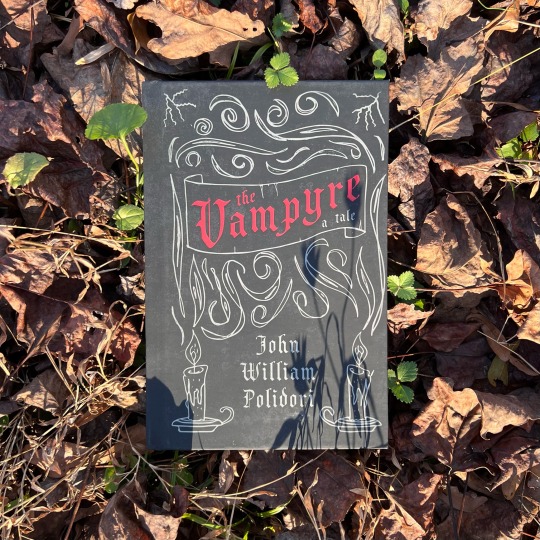




here lies my autumn reading recommendations 🍂🪦📕
I. slewfoot by brom
II. hex by thomas olde heuvelt
III. of ghosts and goblins by lafcadio hearn
IV. the first three of the vampire chronicles (interview with the vampire, the vampire lestat, and queen of the damned) by anne rice
V. the witching hour by anne rice
VI. the vampyre by john william polidori
VII. carmilla by sheridan le fanu
VIII. the legend of sleepy hollow by washington irving
IX. raising the horseman by serena valentino
X. young goodman brown by nathaniel hawthorne
other favs not pictured that you may enjoy this season:
-rosemary’s baby by ira levin
-american psycho by brett easton ellis
-the monkey’s paw by w.w. jacobs
-the amityville horror by jay anson
-long live the pumpkin queen by shea ernshaw
-you by caroline kepnis (i’ve not yet read the follow-ups to this series but intend to)
-frankenstein by mary shelley
-the silence of the lambs by thomas harris (my personal opinion is that you should read all four of the hannibal series in chronological order of their published release dates as it promotes interest in his backstory)
- the wolf gift by anne rice (i’d honestly suggest most of her other work if you find yourself intrigued by vampires, witches, werewolves, mummies, and/or the occasional ghost)
- the string of pearls: sweeney todd, the demon barber of fleet street by james malcolm rhymer (or thomas peckett prest, depending on who you ask)
- the shining & pet sematary by stephen king (many good ones by king but those two are my favs for the record)
- my best friend’s exorcism by grady hendrix
- the picture of dorian gray by oscar wilde
- darkly dreaming dexter by jeff lindsay (read them all if you like the first, and rest assured, they differ greatly from the show, beginning with the conclusion of the first book)
- dracula by bram stoker
- the cask of amontillado by edgar allan poe (there are countless more but there’s something really unnerving about this one)
——————
feel free to send me your horror or horror-adjacent favorites and I’ll look into them. 🕯️
#horror#horror fiction#autumn#books#reading#vampire#witch#werewolf#ghost#anne rice#brom#washington irving#serena valentino#lafcadio hearn#john william polidori#sheridan le fanu#nathaniel hawthorne#gothic#gothic fiction#slewfoot#sleepy hollow#halloween#book recommendations
25 notes
·
View notes
Text
A two show day for Cast 14 of the Oasis of the Seas yesterday (08 December 2023), and we have a new cover debut!


Thomas Alsop made his cover debut as Asparagus, with Adam Hearn taking on the role of Skimbleshanks from his usual Coricopat.


With Matthew Tratch as Tumblebrutus.
@the-cat-at-the-theatre-door
The Asparagus, Skimbleshanks, and Tumblebrutus photo is just for you ;).

#CATS Musical#CATS the Musical#CATS RCCL Cast 14#Asparagus#Gus#Thomas Alsop#Skimbleshanks#Adam Hearn#Tumblebrutus#Matthew Tratch
20 notes
·
View notes